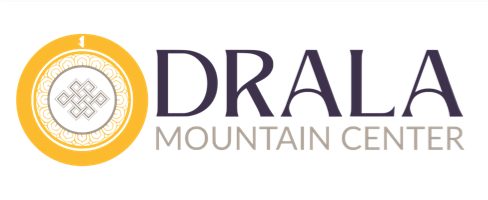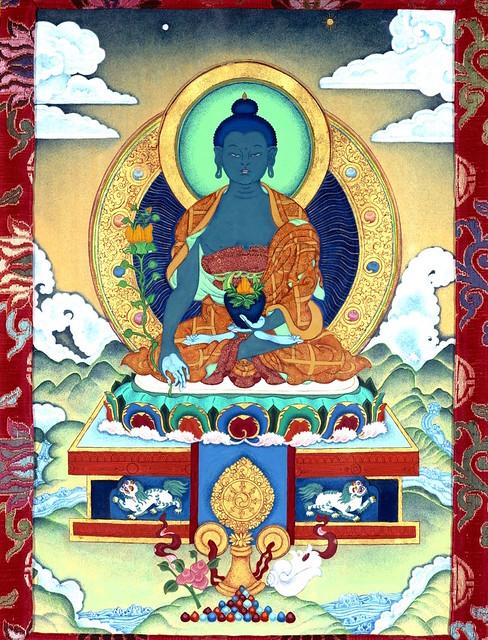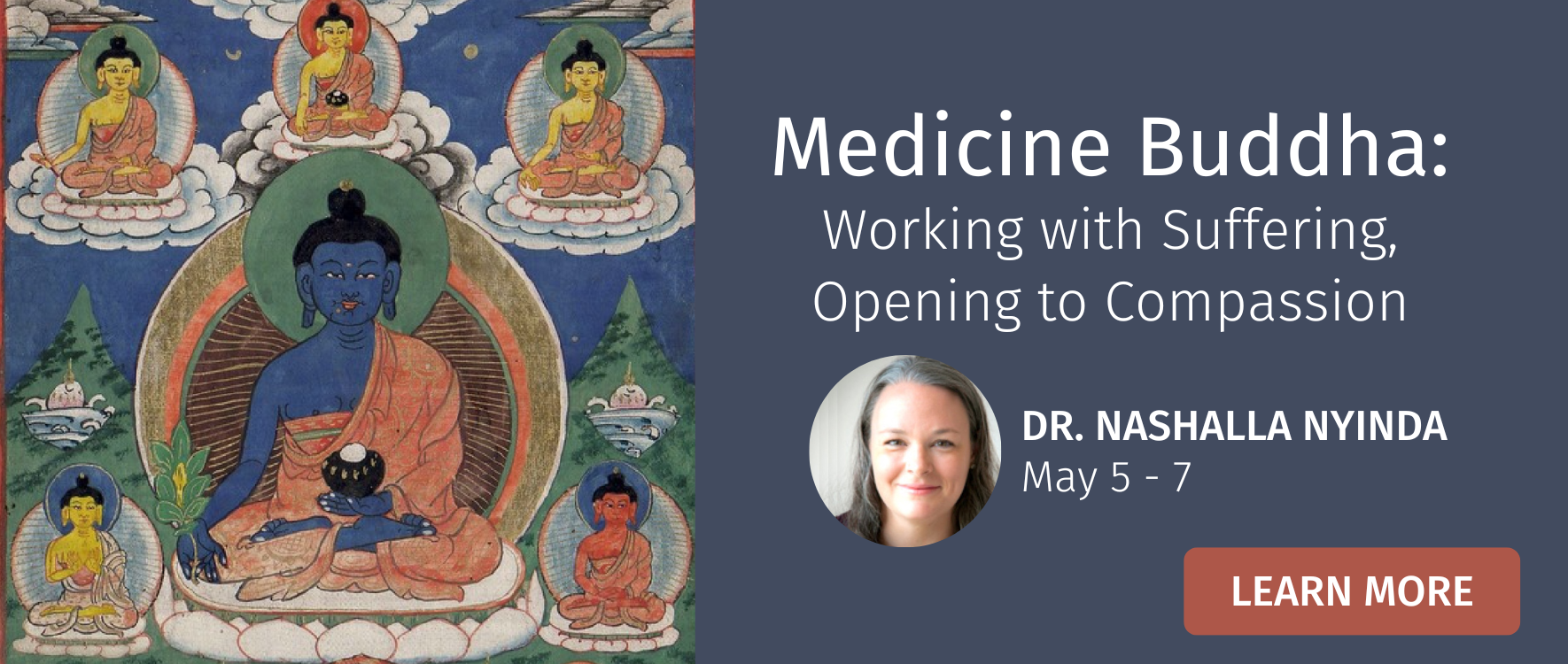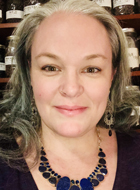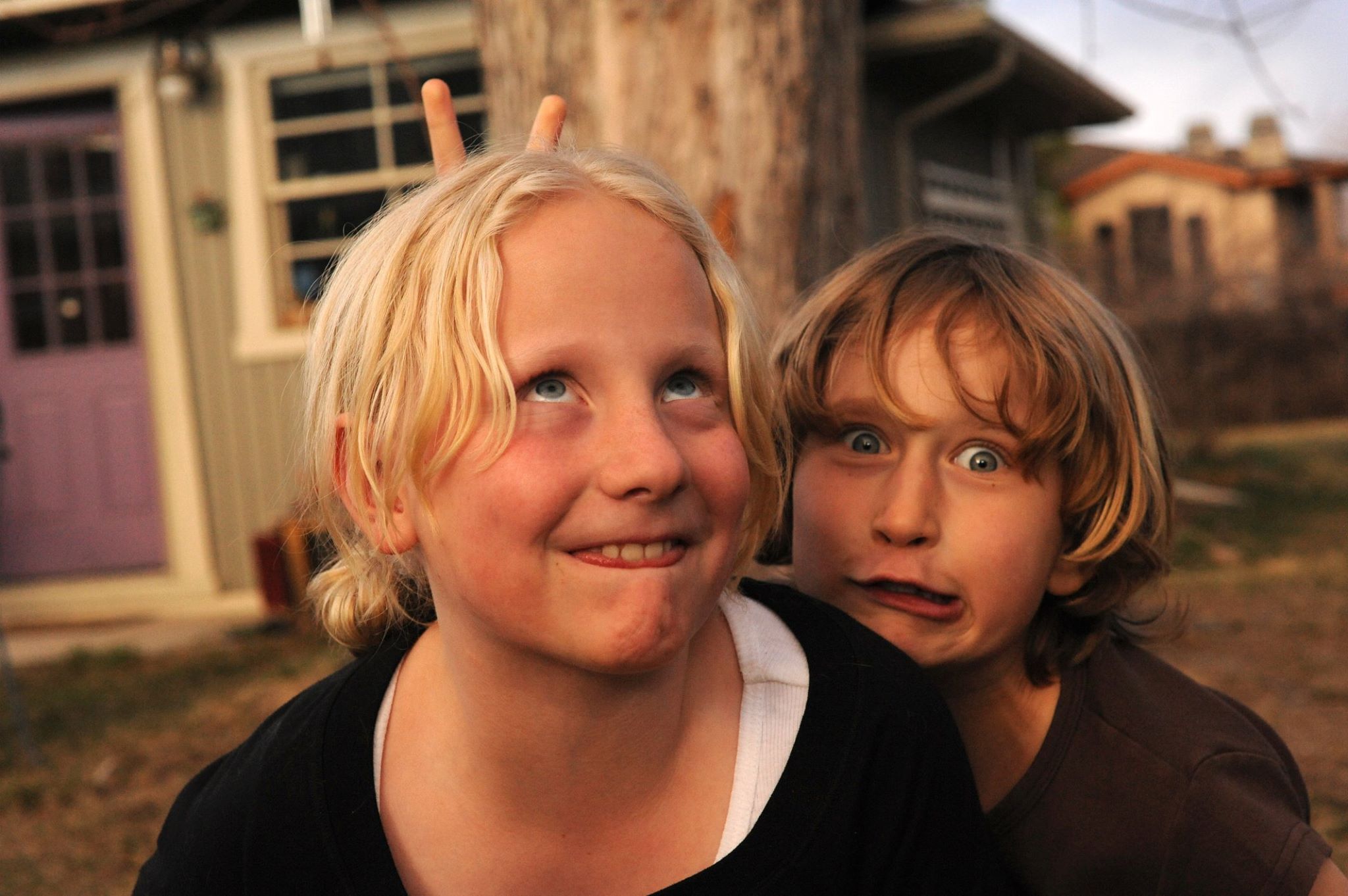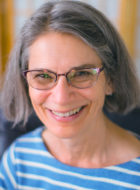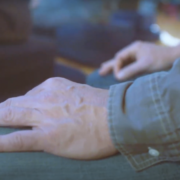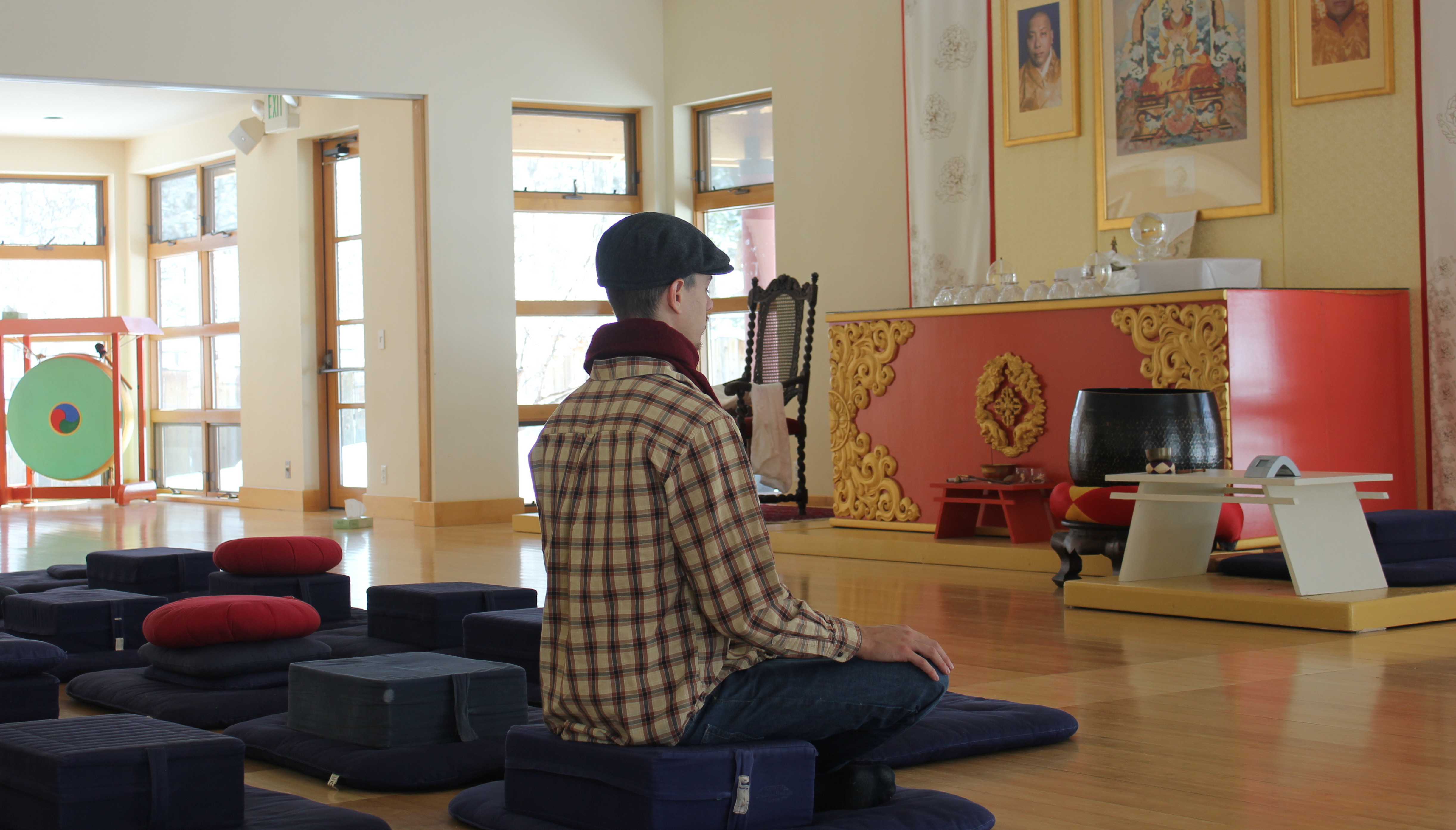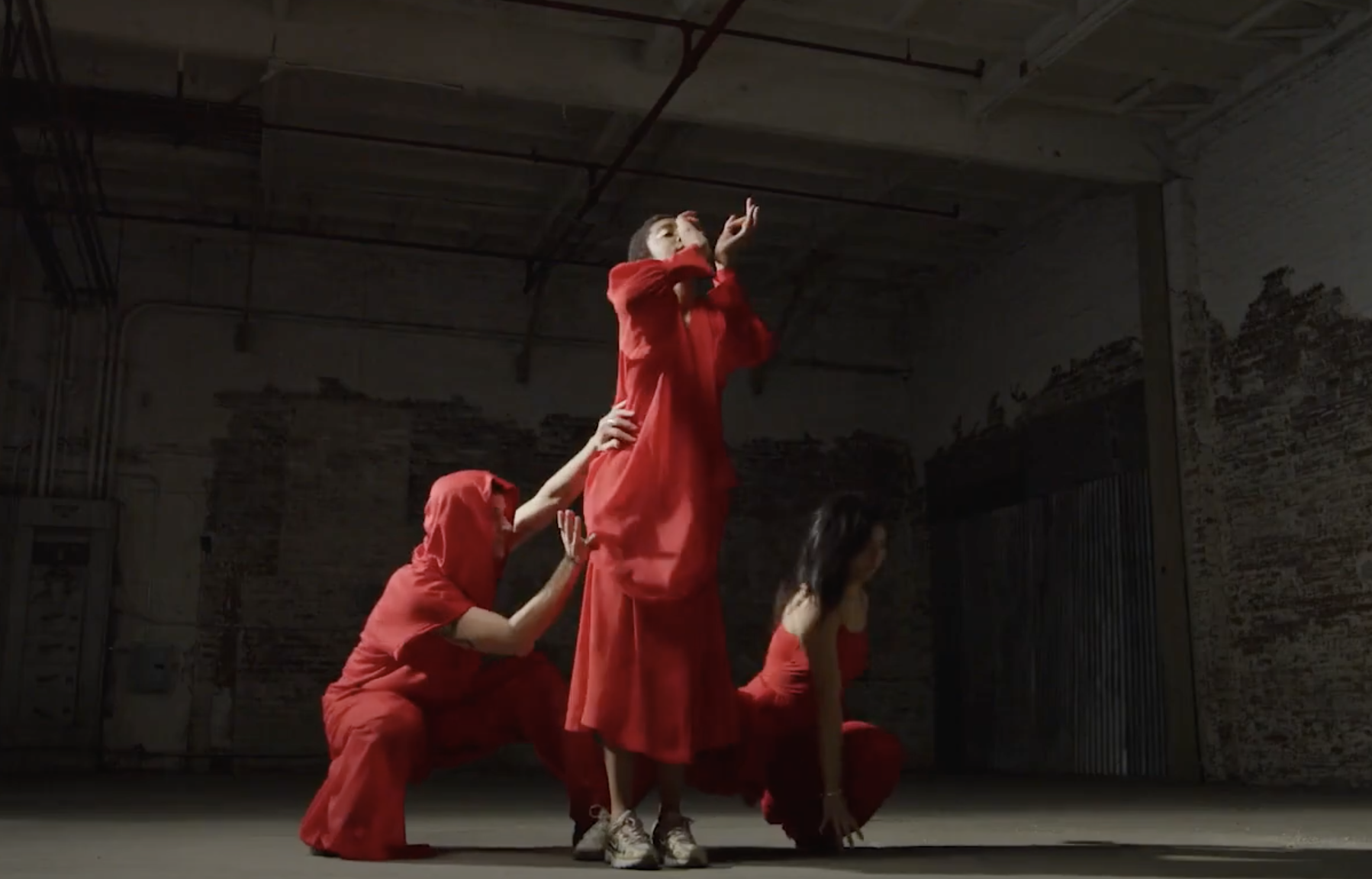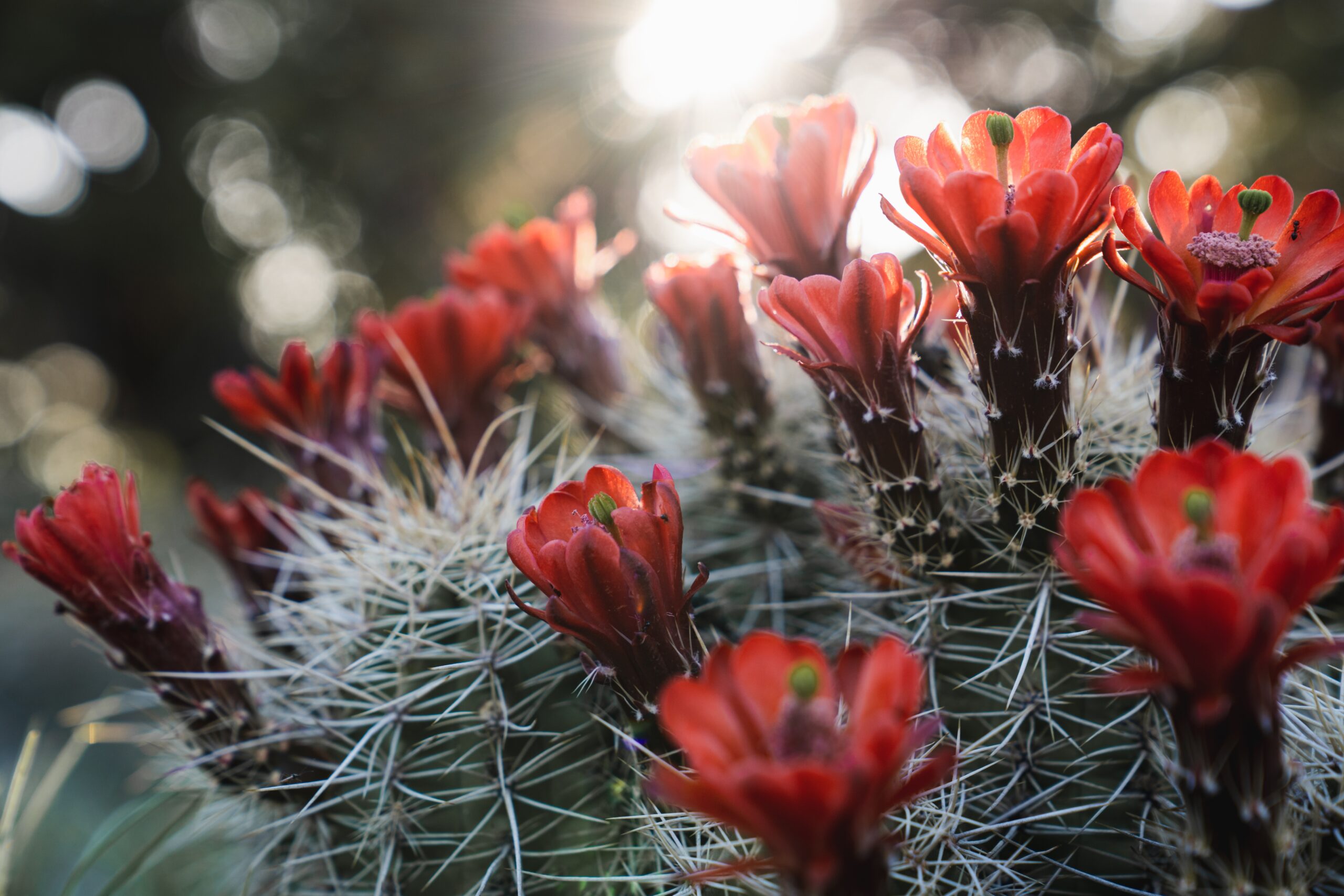Transforming our Relationship to Suffering: Healing Self and Others
by Nashalla G Nyinda Menpa TMD, MA Acu
Suffering Is Not a Life Sentence
The Buddha taught, through The Four Noble Truths, that there are basic sufferings we humans endure. Birth, Old Age (if we’re lucky), Sickness, and Death. But the Buddha also taught there is a way out of this suffering.
These various methods to get out of the cycle of suffering include multiple mind and body techniques to train the mind, in order to not take on the world and our personal suffering as a personal burden. A heavy rock to carry on our backs or in our hearts. Instead, we can practice and free our minds from being stuck with this concept of suffering, finding a transcendence to these realities of our human existence. When we cultivate compassion to liberate ourselves and others from the yoke of suffering, we can realize the profound reality of nature and the universe we exist within, merging with the interdependent nature of phenomena. This is the long term freedom mediation offers.
Methods to Transform Suffering
As a Tibetan physician, I find myself in a unique position to observe and merge with suffering. Anyone in the healing profession knows suffering never ends, and people will always need you. So how do you not settle down with compassion fatigue or become hardened by the pain and suffering you witness? This is actually more possible than you think.
First, all the fundamental aspects you hear are true. Put your oxygen mask on first, take reasonable self-care measures, exercise, eat well and take time out from life’s stressors. The popularity of mindfulness and its well-documented effects on stress-related disorders is actually based on thousands of years of instructions handed down from Buddhist masters, from teacher to student in unbroken lineages. The second aspect to attend to is we need a guide.
What does that mean, a guide? This side of the practice is linked to your inner compass. The Buddha-nature within. The pure vision and crystal clear still pond underneath all the concepts, stress, and reactions is just waiting for you to uncover it. That part of you that feels at ease and at peace with what is outwardly chaos yes, perhaps, but also just another aspect of the human experience. It is our relation to these whirlwinds which changes how much and how we relate to difficult experiences and suffering. Mindfulness is the act of training to observe our relationship and reactions to these situations of suffering, which may be uncomfortable, painful, or downright terrifying. Still, they do not need to take up the space in our hearts and minds and cause us endless anguish.
The Buddha as Tour-guide
We first stabilize the mind and develop a relationship with ourselves, the body we inhabit, and the ground below us, the space around us. We see that other people, such as the Buddha, have conquered the veil of attachments and aversions which separates us from our inner compass of infinite knowing and goodness. The guide reminds us who we intrinsically are.
In the Medicine Buddha practice, we have a stainless guide. Sangye Menla, the King of Physicians, The one who has gone beyond suffering. It is said, that just saying his name and receiving his transmission can prevent many emotional and psychological suffering. In particular, physicians will be empowered and strengthen that they are not alone in serving the world which seeks aid.
In this particular practice we generate a frontal view of the guide, in this case Medicine Buddha, and invite him into the space before us. This is not a made up concept, but a felt and tangible experience which occurs with development and dedication of the practice. We learn to walk ourselves through the process contained within the traditional practice where the infinite radiant light from within the Medicine Buddha enters us at the crucial chakras and healing centers of our body, speech, and mind and can corporeally experience the healing and goodness which permeates our beings.
Cultivating this practice allows us to experience a blissful peace, even amidst anxiety, illness, and suffering emotions and experiences. We have placed our trust in this guide of healing light. We speak a healing mantra and allow the guttural vibration of sound to penetrate our ears and beings, which is an experience that cradles us in the same level of safety and comfort we might feel being held by a loved one, or a child being nourished by their loving parent.
When doing a Sadhana meditation that involves the generation stage practice of calling forth the presence and visualization and merging with a teacher, Buddha, or deity, you create an unbroken connection to the guide and path of practice. Very often, such practices involve generating an energetic quality associated with the deity you are working with. This energetic nature and quality can stir the quality of those within you and awaken your Buddha nature. Think of the qualities of the deity as aspects you are working on yourself, wisdom, kindness, compassion, etc etc.
Seeds of Compassion: All Methods Lead to Wakeful Peacefulness
Such Sadhana practices are a strong tradition within Mahāyāna Buddhism. Mahāyāna is sometimes translated as “Greater Vehicle” and arose early within the Indian Buddhist tradition. Despite spreading across Asia to include multiple sects of Buddhist practice, diverse beliefs, and methods, this is a spiritual model which is encompassing motivation for the development of universal compassion as an antidote to the clouded mind, holding onto suffering with a deep attachment to self. The “Greater” is not a system of “Better” but a deeper insight into the shared experiences we humans have. Feeling deep hope and desire that all beings can be freed from the same suffering we ourselves endure.
In my experience, not as a scholar, but as a Tibetan physician who has engaged with the three vehicles of Buddhist practice, I will state emphatically that no one vehicle or method is more outstanding. Everyone has their own karmic thread, and finding what makes you have a spark of awakening is vital. Instead, I caution that thinking it’s all about the practice you choose to do will be what liberates you is a mistake. Especially so if you do not understand yourself, your faults and how you create your own grasping, aversion, and ignorance. The hope to win your freedom based on a “fast track” aka superior vehicle where perhaps you are intrigued by the bells and whistles of ritual and devotion to this concept of “greater” or “higher vehicle” will never bring freedom and peace, but only more of the three root poisons. Foundations of what the Buddha taught are essential to mindfulness actually working in every day.
We have (in my opinion watching Western buddhists) an issue in our Western minds, particularly that “more is better,” and sometimes I see people judge simple Sadhana practices as “not as profound” as, say, Vajrayāna, often translated as the “Diamond Vehicle” or “Thunderbolt Vehicle.” Vajrayāna itself is a form of Mahāyāna Buddhism that originated in India around the 5th century, entering Tibet in the 7th and 8th centuries, spreading across the Himalayan regions and as far east as Mongolia.
There are some thoughts you may find in scholarly or monastic discourse that one form or vehicle is less fast or direct at opening to enlightenment. This is an entirely baseless concept that centers around our human nature of judging one thing as less or more profound in spiritual aspects. This misconception has been spoken about by even some of the most outstanding Vajrayāna teachers as a concept which limits progress toward mindful awareness and realization.
The Vajrayāna includes Mantrayāna, Guhyamantrayāna, and Tantrayāna, which is sometimes translated as “Secret Mantra, Tantric Buddhism, and Esoteric Buddhism” and associated with the Vajrayāna Tantra or Secret Mantra tradition.
Within this diamond vehicle, is the base of what the Buddha originally taught and gave as discourse during this lifetime. The same truth which was later developed into the Mahāyāna philosophical Buddhist movement, based on the kindness and offering of assistance to seekers and practitioners via the form of compassionate beings, who are given a title of a bodhisattva and appear when called.
The bodhisattva, like the Buddha, is motivated by bodhichitta, or the desire to awaken themselves to help all beings realize their true enlightened nature. The Buddha in this Mahāyāna tradition is a fully awakened being and is a guide and support to be called upon to support the journey to awakening. The deity which has an energetic quality is also a fully awakened Buddha, and offers refuge, insight, wisdom, healing, protection, liberation and compassion.
You Are Not Alone, Support Comes When Asked
A person who is committed to being on the path towards awakening can, and frequently does, increase the relief of everyday body, speech, and mind sufferings in very palpable ways. This occurs by assisting the meditation practitioner who is practicing a Sadhana, and aiding their own development of bodhichitta. Bodhichitta is defined and explained in numerous Mahāyāna Buddhist sources, but always includes bodhichitta. However, our enlightened tour guides / deities provide this energetic embodiment of compassion endlessly when we call upon them. Sadhana practices of such deities develop this compassion and bodhichitta within us, simply by relating to their enlightened compassion.
In early Buddhist schools, including modern Theravada Buddhism, a bodhisattva refers to one who has made an ardent commitment to becoming awakened. There are stories of these saintly deities who committed themselves to help and thus found their own awake true inner nature. Due to knowing our fundamental human confusion and the suffering we endure, they come swiftly to aid when called upon.
Compassion fatigue is easy to arrive at when you think you must suffer on behalf of others to “end their suffering or aid them.” Or when you think that being a “good Buddhist” or “good healer” is to take it on for the relief of others. While there are Mahāyāna practices based on compassion practice and taking the suffering of others, this cannot be done without self-harm until one realizes they are not a form which is separate from the universe we all exist within. The connection to all phenomena and beings as we endure the nature of the Four Noble Truths, expression which have genuine pathophysiological levels in our mental and physical illness are all explained in the Sutras and Tantras. Yet, the relief of this very real suffering comes through to us from these bodhisattvas’ provisions of aid, and this bond is strengthened when we learn to connect to the universal bodhichitta they emanate.
Medicine Buddha for World Inner Peace
Specifically, Medicine Buddha is a Mahāyāna practice that yes transforms physical illness, and mental suffering, but also transforms us into a place where we are not alone when extending compassion to those we are relating to who are suffering or ill. Having the King of Healing, receiving his pure light and blessings not only can help develop peace within, but actual elimination of illness rooted in the three root poisons of passion, aggression, and ignorance can be alleviated.
Despite moments where we face experiences of great suffering and pain, by working with what is in front of us, within us, throughout the connection to Medicine Buddhas infinite being of compassion and healing, we maintain an open heart, ready to embrace the present moment. The mantra itself contains vibrational healing, even the name of the Medicine Buddha being spoken or the seed syllable brings innumerable benefits. One can empower prescriptions and aid those undergoing surgery or chemotherapy etc by learning to call upon Medicine Buddha.
This Sadhana practice integrates the essence of compassionate healing connected to basic Mahāyāna compassion practice. It fuses it with deep trust in the supreme physician. We don’t have to endure suffering or help others alone. The generation and calling upon the stainless master of healing invites us to experience our own indestructible stainless Vajrayāna or diamond vehicle energy.
We can then enter into a healing mandala with all materials we need to work with what is painful or real suffering from a viewpoint embodied within freedom from making an outcome, but instead surrounding intention to stay present to just what is. This is the magic of transforming our relationship to suffering or compassion fatigue. Yes indeed there are real energetic and physical consequences on the body, mind, and spirit as a profound practice of transforming suffering, but the mental and emotional relief allows the mindfulness to expand even in the most challenging of circumstances.
Join Dr. Nashalla G. Nyinda, Menpa, this May!
Nashalla Gwyn Nyinda, Menpa, TMD began studying Tibetan Medicine in 1999. Encouraged by her root teacher, The Very Venerable Thrangu Rinpoche, she interned at Chagpori Tibetan Medical Institute’s Clinic in Darjeeling, India for two years. Nashalla’s Menpa degree was conferred in 2009 by Qinghai Tibetan Medical College and The Shang Shung Institute of Tibetan Medicine. She founded The Sowa Birthing Method, a bodywork series geared at decreasing medical intervention and postpartum depression. Her Bachelors in Interdisciplinary Studies from Naropa University focused on Asian Medicines and Buddhist Psychology. Nashalla went to the Institute of Taoist Education and Acupuncture for a Masters of Acupuncture in the Classical Five-Element lineage. She teaches as an Adjunct Professor at Naropa University, and lectures on Buddhism, meditation and Asian healing traditions worldwide to Tibetan and Western students, practitioners, doctors. Nashalla directs the Nyinda Clinic of Tibetan Medicine & Holistic Healing in Boulder, Colorado.
